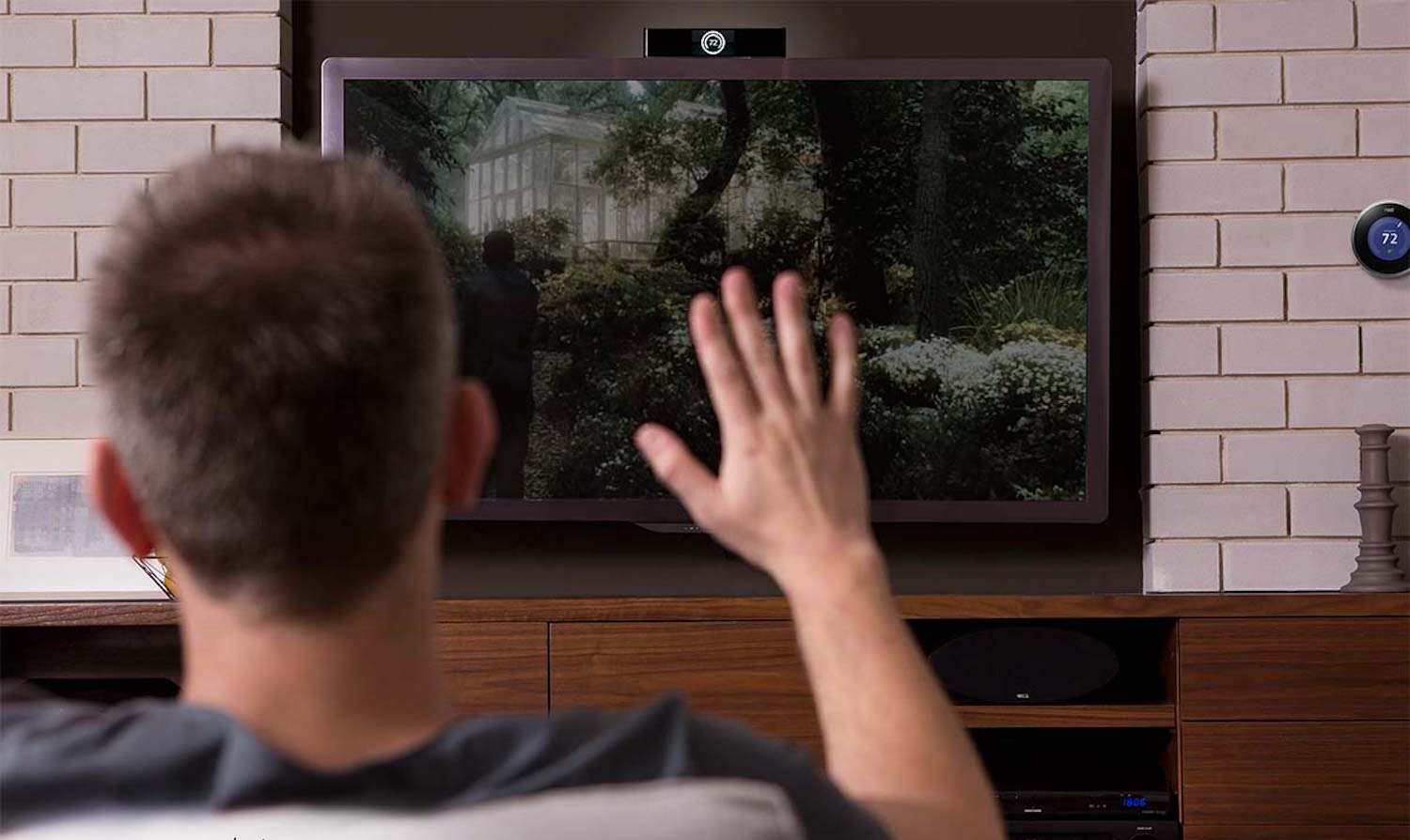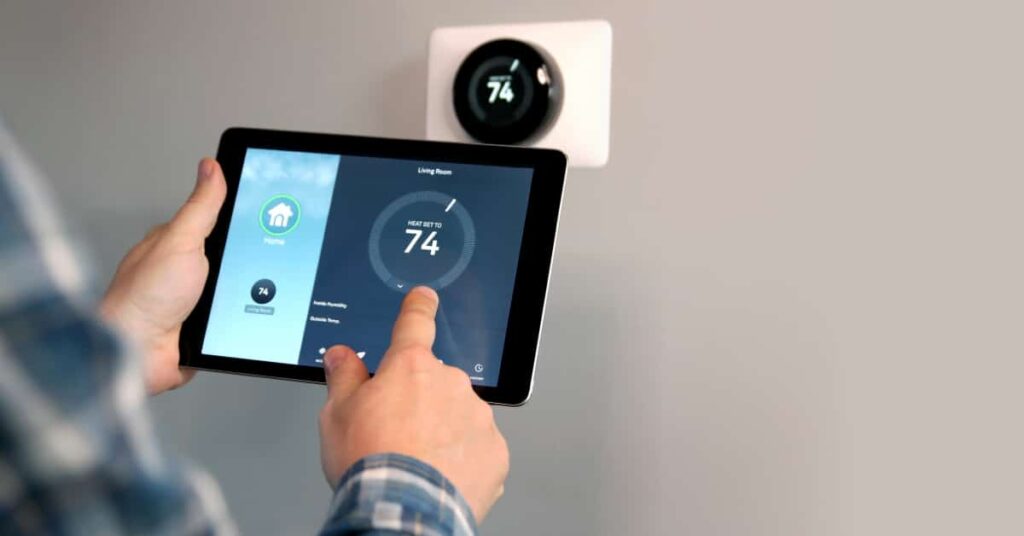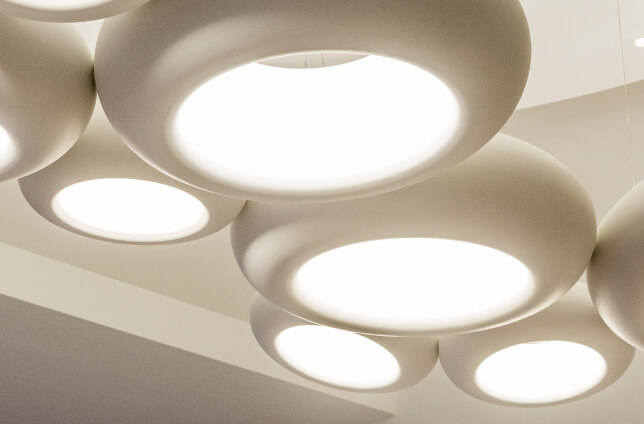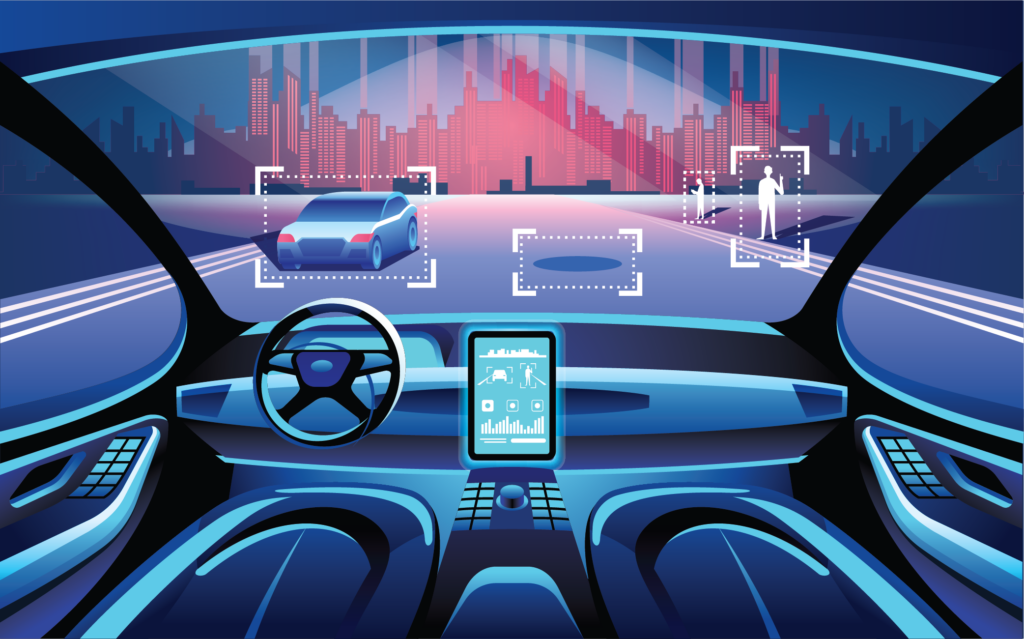Radar Sensors in Smart Homes

The benefits of Radar Sensors in Smart Homes
In modern smart home systems, passive infrared (PIR) sensors and video cameras are commonly used, yet they have their limitations. The development of cost-effective, fully integrated radar sensors for home applications allows system designers to replace or enhance traditional sensors. This upgrade not only enhances security and safety but also offers additional benefits such as reduced energy costs, increased comfort, and the potential for non-invasive monitoring applications.
By emitting radio waves and analyzing their reflections, radar sensors can detect objects and movements with high sensitivity, even through walls and in low light.
Key Applications
Security and Safety – Radar sensors enhance security and safety in smart homes by offering advanced features such as intrusion detection and fall detection. They can differentiate between humans and pets, reducing false alarms and ensuring more accurate monitoring. Additionally, radar sensors can identify falls or unusual inactivity, promptly alerting caregivers or emergency services to provide timely assistance.
Energy Efficiency – Radar sensors significantly boost energy efficiency in smart homes through features like occupancy sensing and automated controls. By adjusting lighting, heating, and cooling based on room occupancy, these sensors help minimize energy waste. Additionally, they turn devices on or off based on presence, enhancing both convenience and energy savings.
Health Monitoring – In terms of health monitoring, radar sensors play a crucial role in smart homes. They enable the continuous monitoring of vital signs such as heart rate and respiration without the need for physical contact, which is particularly beneficial for managing chronic conditions. Moreover, radar sensors can assess sleep quality by analyzing movement and breathing patterns, providing valuable insights into overall well-being and sleep habits.
Convenience – Convenience is greatly enhanced in smart homes with the integration of radar sensors. These sensors enable touch-free control of devices through gesture recognition, offering users a seamless and intuitive experience. Moreover, radar sensors ensure seamless integration into home aesthetics while adding advanced functionality, allowing for a harmonious blend of technology and design.
Advantages
- Non-Intrusive: Preserves privacy without cameras or microphones.
- All-Weather Operation: Reliable in any lighting conditions.
- Penetration Capability: Detects through walls and furniture, reducing the need for multiple sensors.
Future Prospects
Challenges like cost and potential interference are being addressed through ongoing research. With advancements in AI and data analytics, radar sensing will become more accurate and user-friendly, shaping smarter, safer, and more responsive homes.
Radar sensing is revolutionizing smart homes by providing detailed, real-time information that enhances security, efficiency, health, and convenience. As technology evolves, its role in intelligent homes will only grow.







